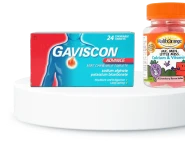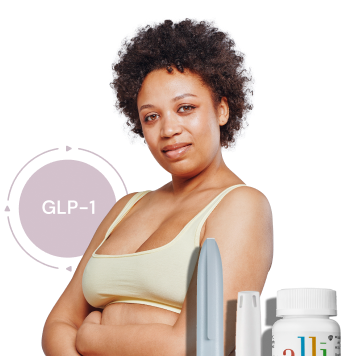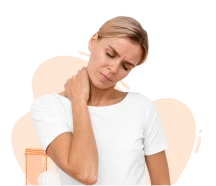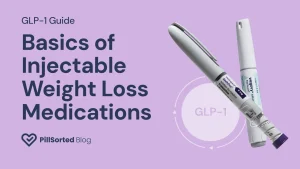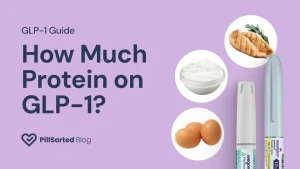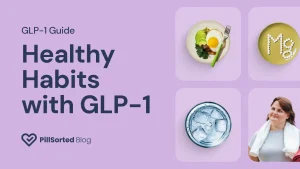Tips to Manage Migraine Pain
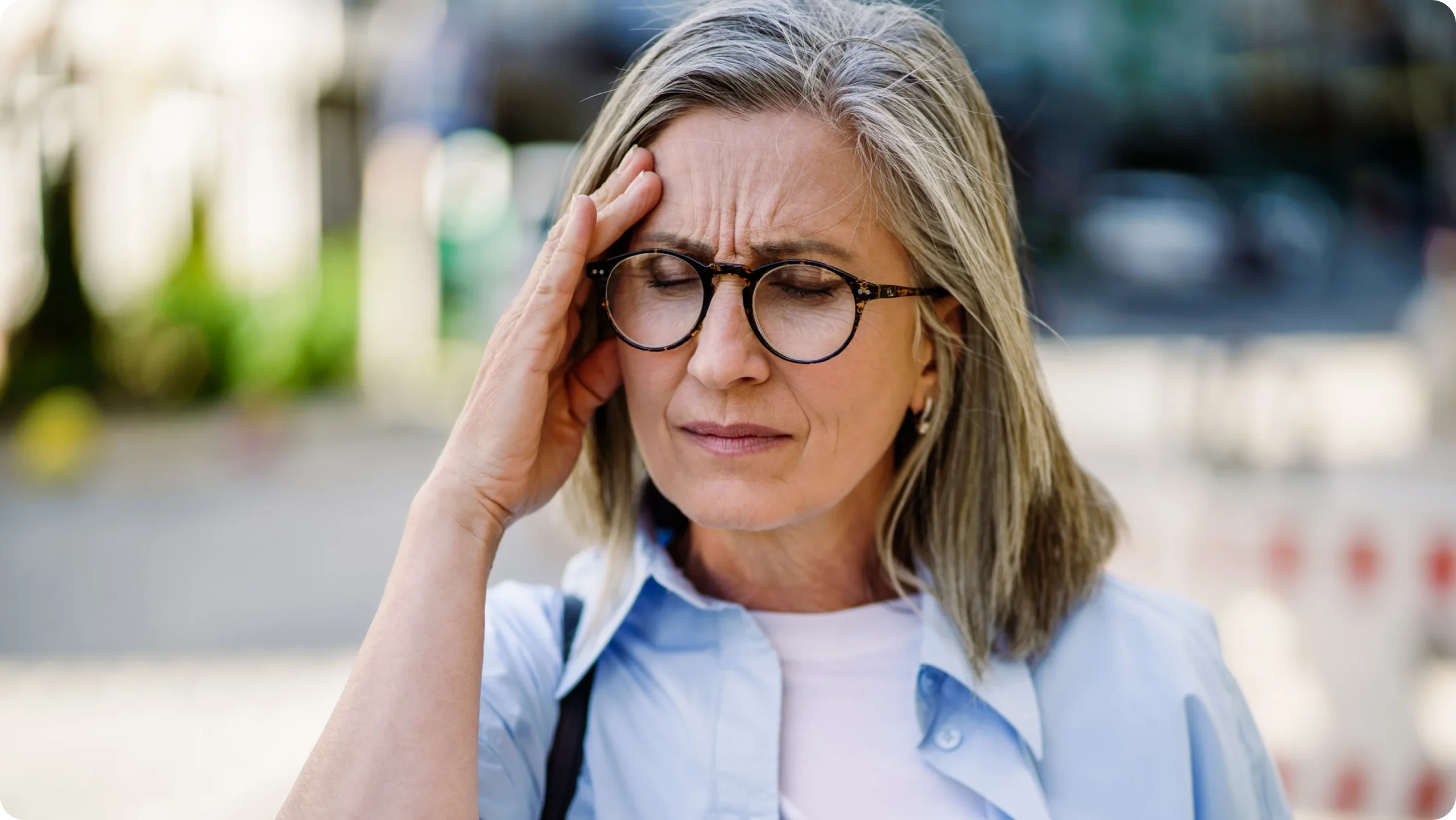
All headaches can be painful and disruptive, but the severe pain and nausea of migraines is the most debilitating. If you suffer from migraines, you are not alone—an estimated 1 billion people worldwide have them. While there is no cure for migraines yet, here are our top tips to manage migraine pain and to help prevent or treat your next attack.
In this post:
- What is a migraine and what are the most common symptoms
- What causes or triggers migraines
- How to know if you’re having a migraine
- Migraine treatment, dos and don’ts
- How to manage your migraine symptoms
- Migraine medicine toolkit
Migraines
Migraines are a neurological disorder (classified as a disabling illness) caused by nerve activity and changes in the levels of chemicals in the brain. They are characterised by recurring episodes, once a month or more, of moderate to severe, throbbing headaches on the front or side of the head that usually last from 4 to 72 hours if left untreated.
Common types
- Migraine without aura: Also known as an episodic migraine, it occurs without any warning signs and is the most common type.
- Migraine with aura: occurs after warning signs such as seeing auras or flashing lights.
- Silent migraine: A migraine with warning signs such as visual disturbances, tingling in the limbs, or difficulty speaking but a headache does not develop.
Symptoms
Not everyone experiences the same symptoms during a migraine episode—in fact, symptoms can vary wildly.
Some of the most common symptoms are:
- Throbbing or pulsing pain on one (though sometimes both sides) of the head
- Sensitivity to light, sound, or smells
- Nausea and vomiting
- Blurred vision or visual disturbances, such as seeing flashing lights or zigzag patterns
- Tingling or numbness in the face, arms, or legs
- Difficulty speaking or confusion
- Lightheadedness or fainting
- Fatigue or weakness
- Irritability or mood changes
- Neck stiffness or pain
Wondering if you are having a migraine or just a headache? People describe headaches, usually referring to tension headaches, as a dull ache or pressure around the forehead, temples, or back of the head, as opposed to a migraine which is more often described as a throbbing or pulsing pain on one side of the head.
The acronym POUND is a helpful tool to help you identify if you are having a migraine or not. If you have more than one of the ‘POUND’ symptoms you’re having a migraine.
POUND symptoms
- P for pulsating pain
- O for one-day duration of severe attacks
- U for unilateral (one-sided) pain
- N for nausea (and vomiting)
- D for disabling intensity
Causes & triggers
The exact cause of migraines is not fully understood, but it is likely a complex interplay of genetic and environmental factors that can be different for everyone, and can be triggered by a variety of things, including:
- Chemical/Hormonal changes—such as fluctuations in serotonin in the brain, or in hormones, such as oestrogen, during a woman’s menstrual cycle or during menopause.
- Environmental factors—such as bright lights, loud noises, strong smells, and changes in weather or barometric pressure
- Emotional stress or physical stress—from illness, injury, or poor sleep
- Foods and drinks—such as aged cheeses, chocolate, caffeine, and alcohol
- Medications—such as oral contraceptives and vasodilators (medicines that dilate your blood vessels)
- Genetics—family history of migraine is the most potent and consistent risk factor.
- Gender—after puberty, women are 4x more likely than men to experience migraines
Women are 4x more likelythan men to experience migraines.
Migraine dos & don’ts
One of the most effective ways to avoid pain is to prevent migraines before they start. To do so, you need to identify your triggers and take steps such as these to avoid them:
| Do | Don’t |
|---|---|
| Stay indoors | Smoke |
| Keep a ‘migraine diary’ to track your triggers | Eat foods containing MSG |
| Stay hydrated | Drink fermented beverages |
| Maintain a regular sleep schedule | Drink too much caffeine |
| Manage stress | Be around very loud noise |
| Exercise regularly | Wear perfume |
| Consider migraine prevention medication | Forget to take your migraine medication |
Migraine pain management
Managing pain symptoms can be different for everyone and how you manage them will depend on their severity. But here are some of the most common ways to treat or relieve migraine pain once it starts:
- Over-the-counter (OTC) pain medications: For mild to medium (moderate) symptoms, try non-steroidal anti-inflammatory drugs (NSAIDs) such as ibuprofen or aspirin, or other simple pain relievers like paracetamol.
- Prescription medications: Prescription medications such as triptans (serotonin stimulators) and ergot alkalines (organic compounds made naturally by plants that narrow blood vessels).
- Relaxation techniques: Techniques such as deep breathing, meditation, and yoga by reducing stress and tension.
- Ice or heat therapy: Applying a cold pack or warm compress to your head and neck works by reducing inflammation.
- Acupuncture: Acupuncture helps reduce pain in some people by stimulating the brain to release endorphins and encephalins (the body’s natural pain killers).

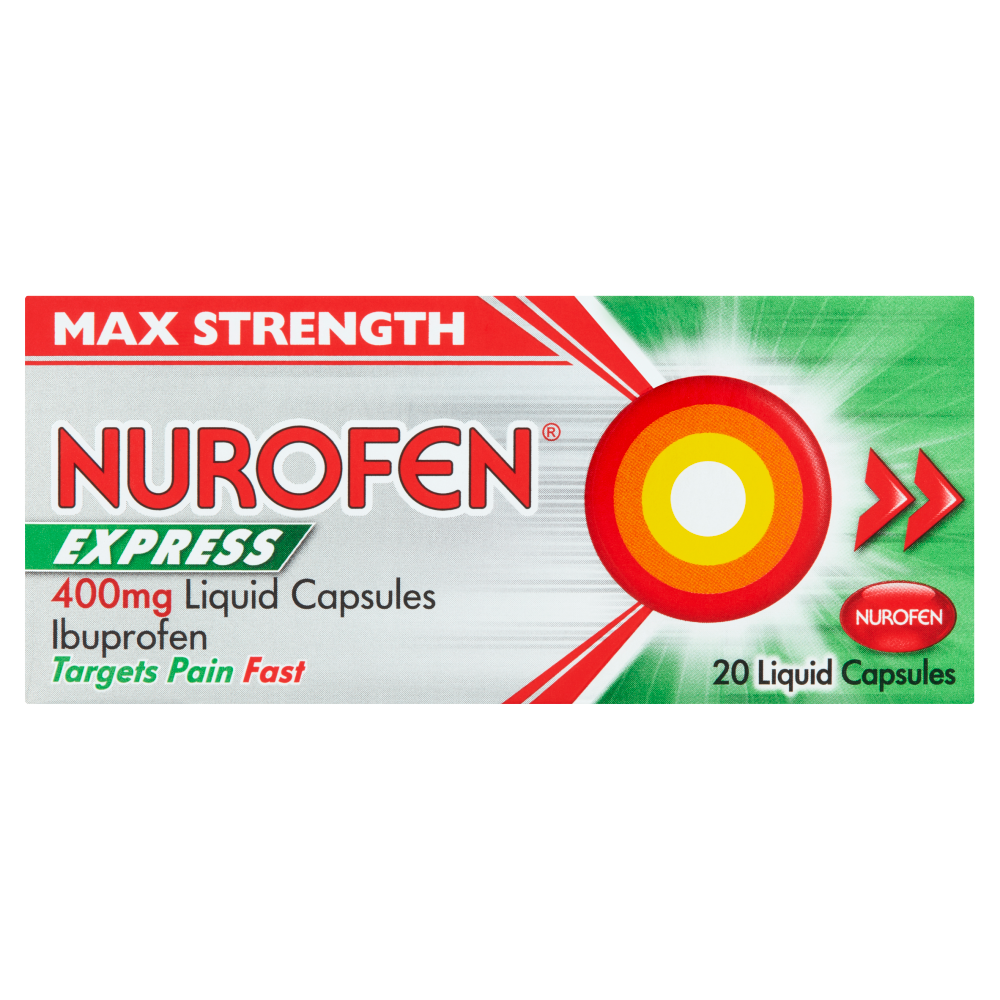
Nurofen Express Max Strength 400mg – 20 Liquid Capsules
Nurofen Express Max Strenght capsules contain the active ingredient ibuprofen to alleviate pains and discomforts while also assisting in the reduction of inflammation and swelling. It is an ideal choice for individuals who experience various types of everyday pain, such as headaches, toothaches, or backaches.
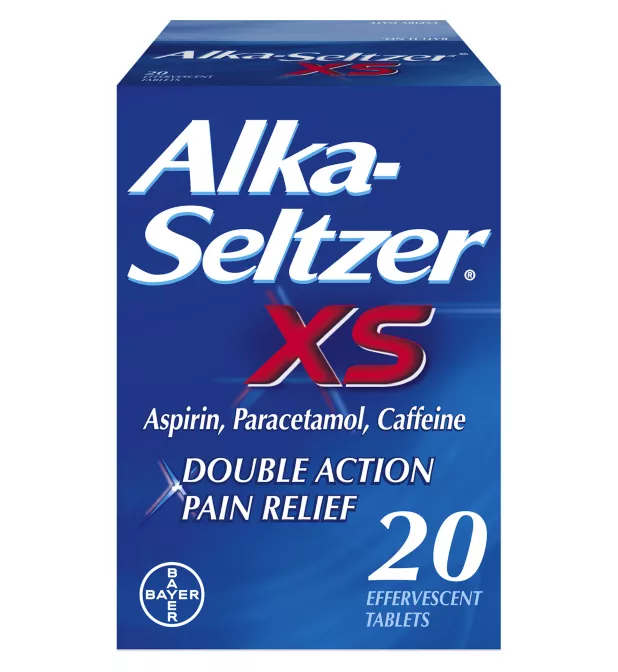
Alka-Seltzer XS – 20 Effervescent Tablets
Alka-Seltzer XS Effervescent Tablets provide fast and effective relief from a range of common pain symptoms.
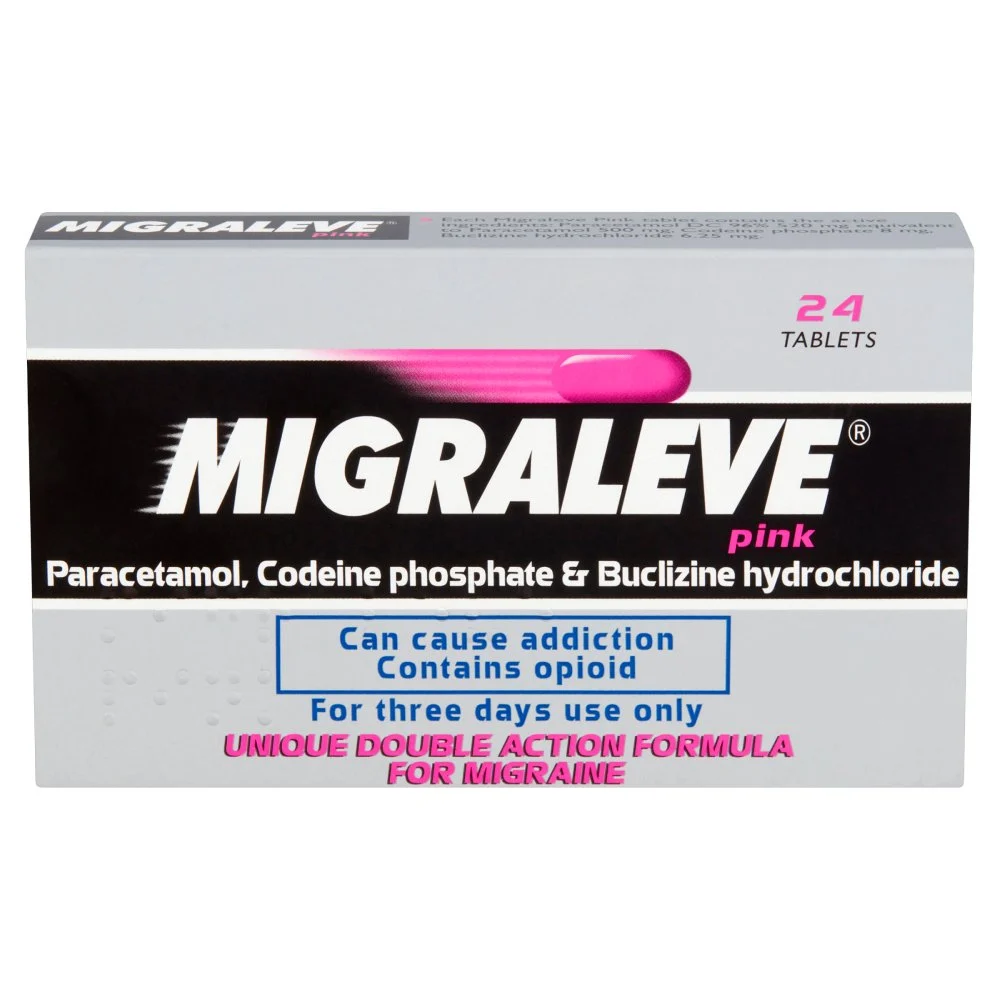
Migraleve Pink – 24 Tablets
Migraleve Pink tablets are a medication specifically designed for the treatment of migraines and headache relief.
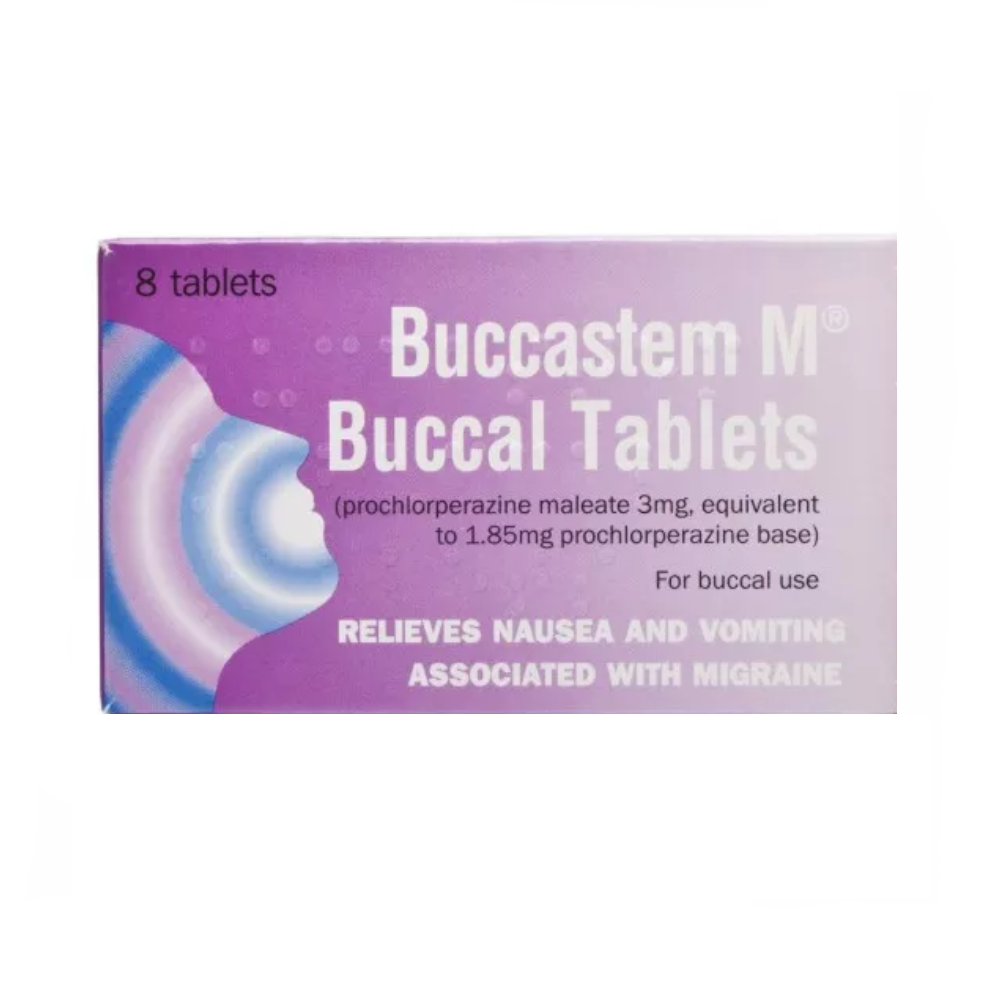
Buccastem M Buccal – 8 Tablets
Buccastem M Buccal tablets alleviate sensations of nausea or vomiting, specifically resulting from migraines.
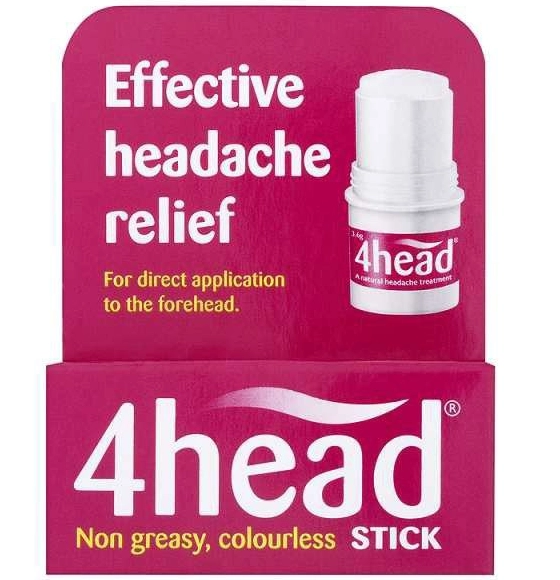
4Head Effective Headache Relief Stick – 3.6g
4Head Effective Headache Relief Stick is a great way to alleviate headache discomfort without having to take pills. To use it, directly apply the stick on the forehead. The active ingredient in 4Head Effective Headache Relief Stick is levomenthol.
Main takeaways
- Migraines are a neurological disorder.
- Migraine symptoms vary wildly but are most often described as a throbbing or pulsing pain on one side of the head.
- Migraines affect women 4 times more than men.
- Avoid triggers and treat pain symptoms early with prescription or over-the-counter migraine medications.
References
Parastoo, A., et al (2021). Front Neurol. Migraine: A Review on Its History, Global Epidemiology, Risk Factors, and Comorbidities
Tarannum, l. et al (2015). Headache. Accuracy of Family History Reports of Migraine in a Community-Based Family Study of Migraine
Rossi, M.F., et al (2022). Neurol Sci. Sex and gender differences in migraines: a narrative review
PillSorted
PillSorted is a full service pharmacy that delivers trusted pharmacy products, over-the counter medications, and the prescriptions your doctor recommends, directly to your door. Your PillSorted pharmacist is happy to answer your questions about weight loss and potential treatment options at 0333 4050380 or help@pillsorted.com.
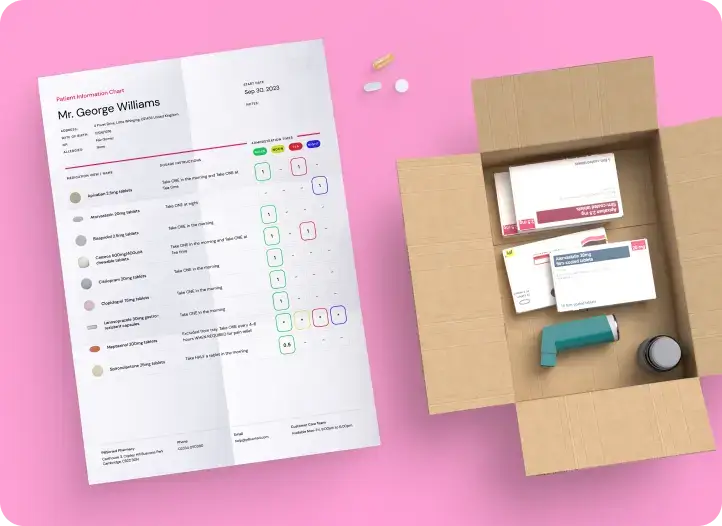
All third-party trademarks (including logos and icons) referenced by PillSorted remain the property of their respective owners. Unless specifically identified as such, PillSorted’s use of third party trademarks does not indicate or imply any relationship, sponsorship or endorsement between PillSorted and the owners of these trademarks.





